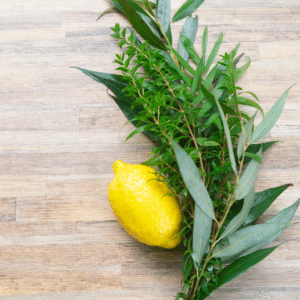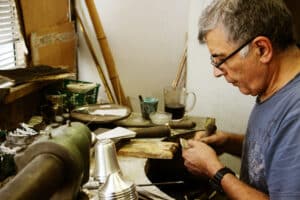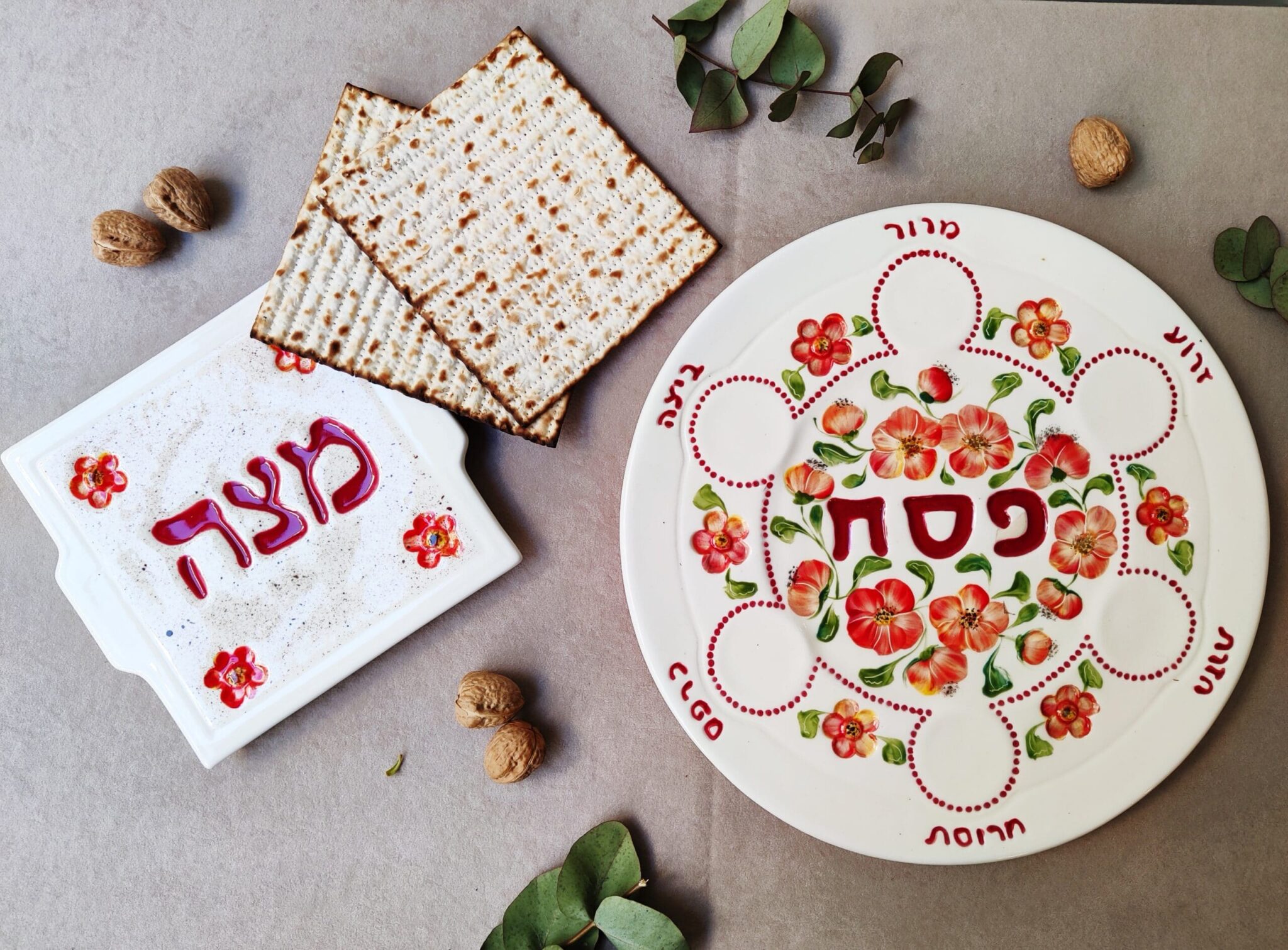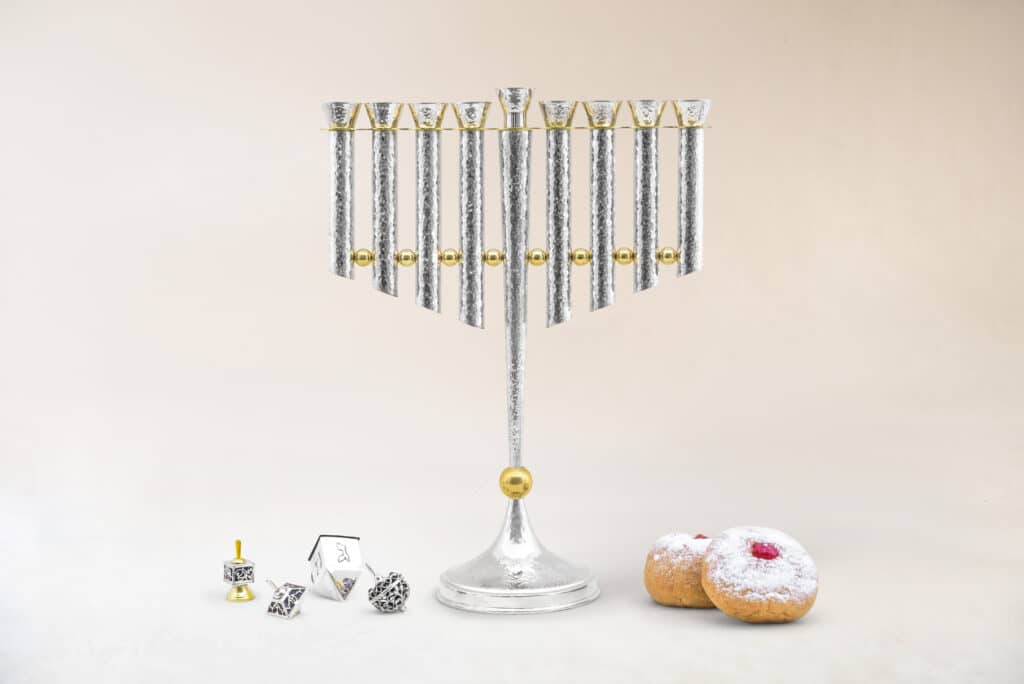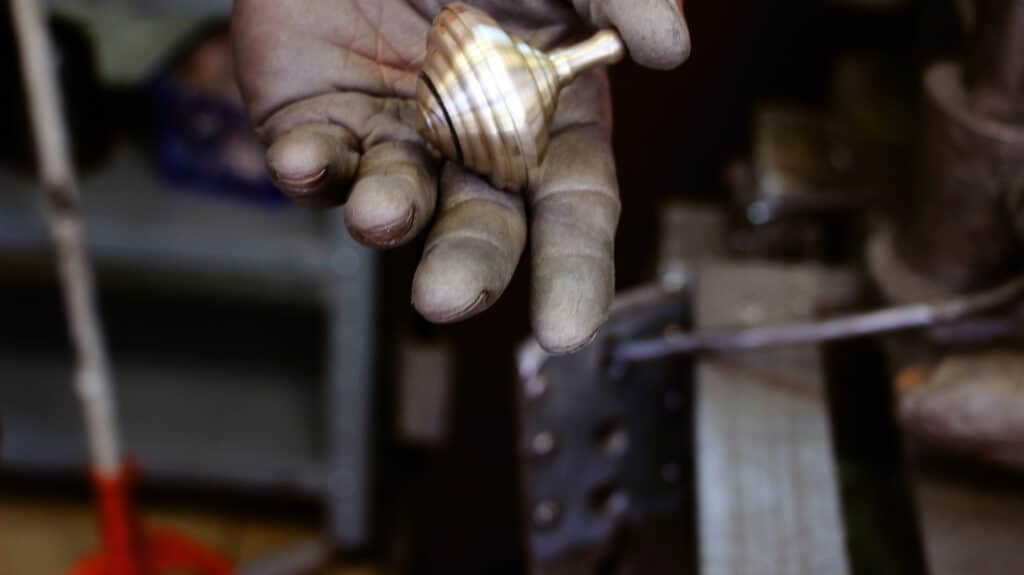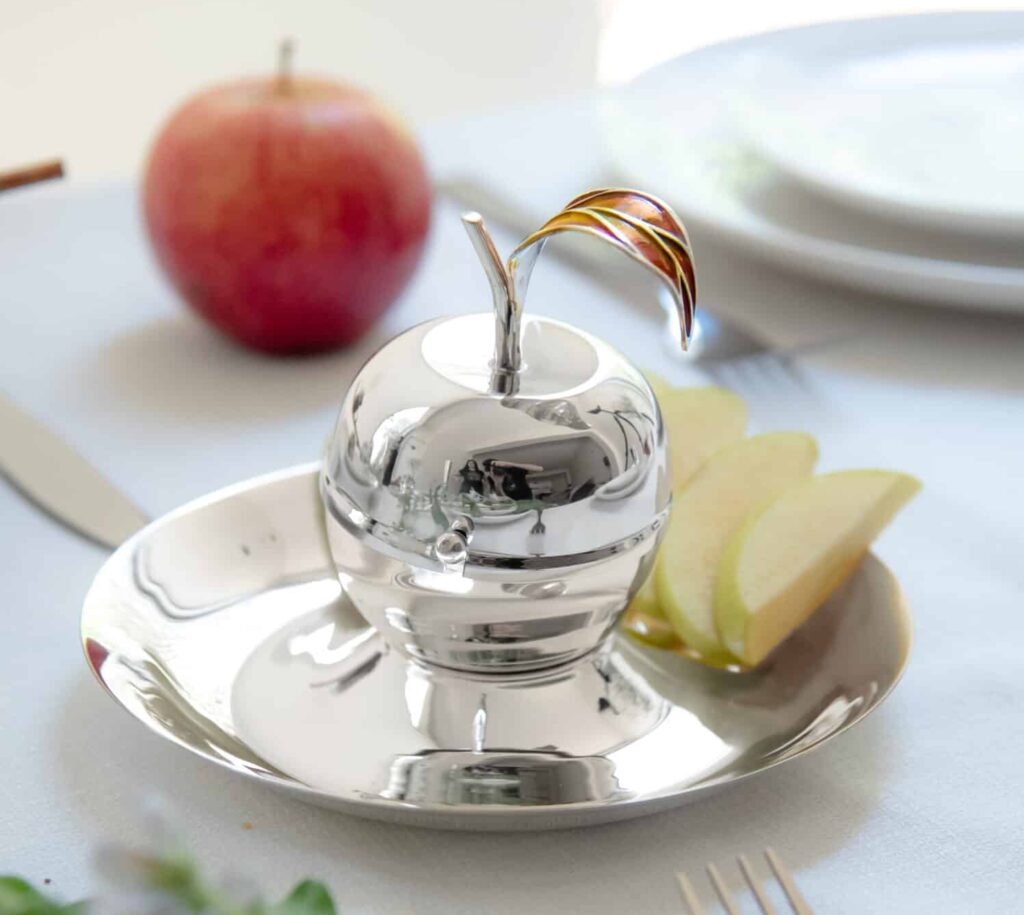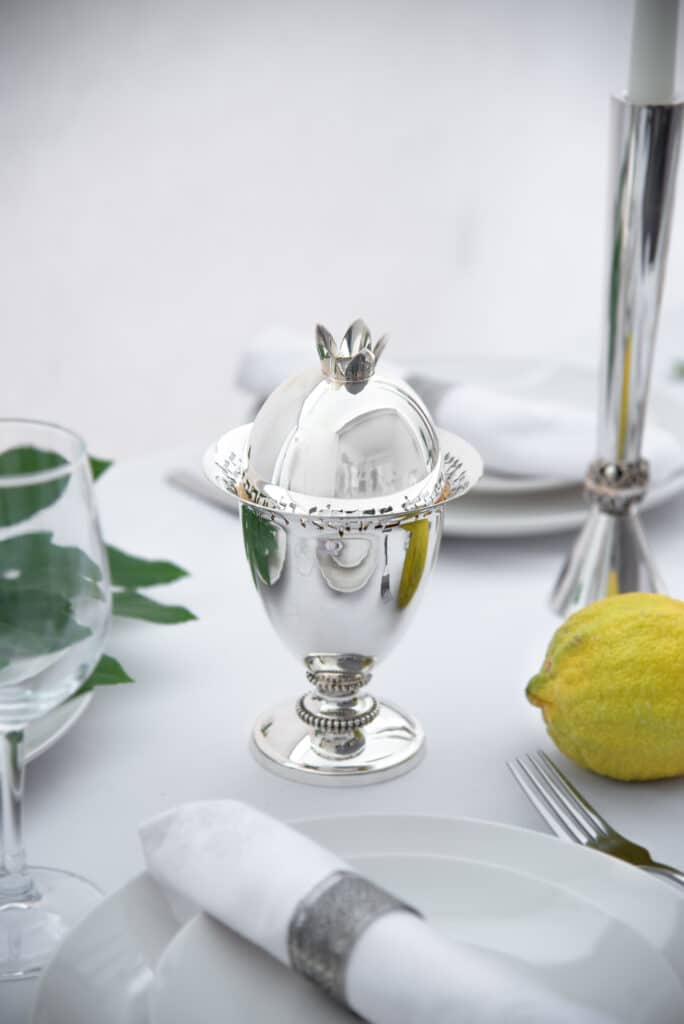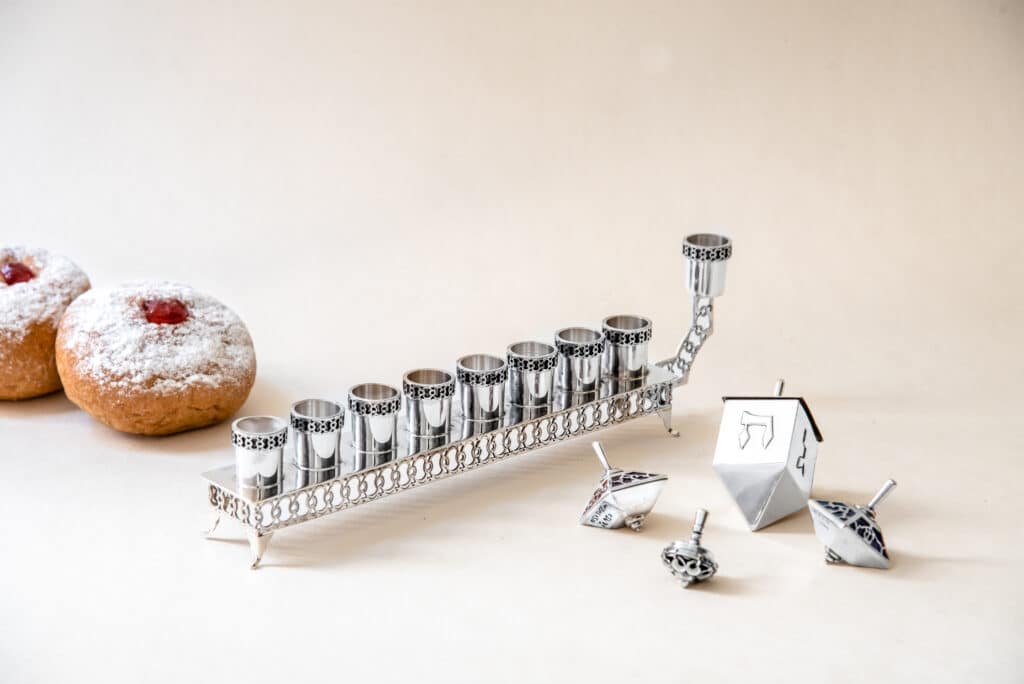
To hear this whole article without effort, please click the Play button
What Is The Sukkot Holiday?
The holiday of Sukkot is one of the three holidays that are described in the bible. In these 3 holidays, Shavuot, Passover and Sukkot (also called “shalosh regalim”), there is a command to visit the temple in Jerusalem (in the days that it existed). Sukkot holiday lasts for a week, during which the celebrants are required to stay and even sleep in the sukkah.
What Are The “Shalosh Regalim”?
Shalosh regalim means the three pilgrimages or three walks to Jerusalem. It’s reflected in the three holidays of Shavuot, Passover and Sukkot in which there is a biblical Mitzvah to go to the Temple in Jerusalem.
What is a Sukkah?
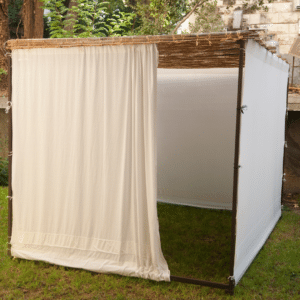
The sukkah is a temporary structure that includes 4 mobile walls (one of them with an opening that serves as a door). The roof is usually made of branches where you can see stars in the sky through them. The sukkah can be built and dismantled in a quick period of time. The popular belief is that the sukkah symbolizes the temporary dwellings that were the part of people of Israel during their wanderings in the desert, exposed to the elements of nature.
However, there are other interpretations regarding the origin of the custom of building a sukkah.
Additional Interpretations and Beliefs About The Origin of a Sukkah
- The name Sukkah represents clouds that floated over the people of Israel when they were in the desert and protected and shielded them from the sun and from enemies.
- The sukkah symbolizes the sukkah of Abraham, our first ancestor, who sat in a sukkah for seven days to celebrate the birth of his son Jacob. During the days of the birth celebration, Abraham also thanked God for the fruits of the tree and citrus.
- The sukkah is a reconstruction of a hut, that was kind of a structure where the Israelites farmers (after the people of Israel already were in the land of Cnaan) used to sleep and live during the Asif period. The gathering operation was complicated and spread over several consecutive days so the farmers and their workers needed to be close to the fields in order to save time.
A Modern Solution for Building a Sukkah
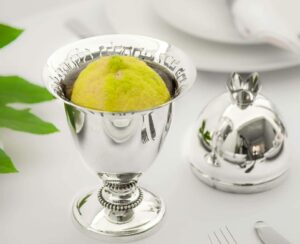
In our modern days, it is more and more difficult to find the material for building a sukkah. In order that people would not need to go out into the fields and forests and cut down trees, they invented something that is called “Sukkah Netzah” – it means a sukkah for Eternity. Basically, it’s a type of Sukkah that can be folded and stored at the end of the holiday and used again next year. The components of the sukkah for Eternity are approved in terms of faith and tradition.
Are you visiting a family Sukkah this holiday? See our collection of Sukkot Gifts
Another Name for Sukkot
The holiday of Sukkot is also called the holiday of “Asif”, the holiday of the ingathering. That is because of the agricultural aspect. The holiday period of the year is the end of the farming season for summer fruits (grapes, figs) and the collection of the grain (types of cereals) that have been dried throughout the summer. Hence its other name, the ingathering of agricultural crops.
When Does Sukkot Take Place?
Sukkot is celebrated on the 15th of the first Hebrew month of “Tishrei” (it’s around the month of September – October). Immediately at the end of the seven days of sukkot start, on the eight day the feast and holiday of Simchat Torah.
What is Simchat Torah (The Happiness of The Torah)?
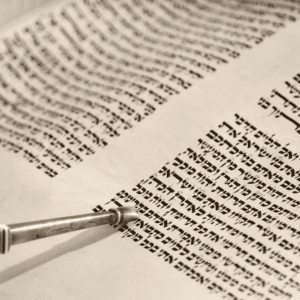
This day is a happy day. It marks the end of the annual Torah reading cycle and the beginning of a new cycle.
On this day it is customary to read the last episode of the Torah and immediately after it to begin reading the first episode. The believers are happy and proud in themselves for having finished the reading. On this day it is customary to dance, to sing, to take the Torah scrolls from the Holy ark (Covenant in the synagogue) and lift them up. This action is called “circling”, all the worshipers circle with it together seven times around a small stage while singing and dancing.
The other participants are sending their arms to reach for the scrolls to touch it and kiss it. From the women’s area in the synagogue, it is customary to throw candies.
Celebrate Simchat Torah with one of our unique Torah Pointers!
Customary Traditions on the Sukkot Holiday
- Sukkah decoration – this tradition is usually given to children. After the sukkah has been built, it is customary for the children in the family to prepare various decorations made of paper, fruit and branches, and then, the children (with help of the adults) need to hang the decorations in the sukkah. Check out our unique Jewish Mobiles!
- Using the sukkah – according to the tradition, all the usual normal activities that are done at the house, eating, sleeping, family recreation, should be done in the sukkah. The obligatory mitzvah is the mitzvah of eating in the sukkah. Add a stylish Napkin Holder to your Sukkah table.
- Sleeping in the Sukkah – there is no mitzvah to sleep in the Sukkah, but it is customary to sleep at least one night in the Sukkah, sleeping under the sky, to watch the stars, in order to feel as close as one can get to our ancestors.
- A prayer for rain – the Sukkot holiday heralds the coming of winter and the departure from the summer (the period of gathering the crops after the summer and preparing for replanting along with the first rains). After a hot summer, rain is an important need for farmers and therefore it is customary to add a special prayer for rain in part of the famous “Eighteen Prayer”. In Israel it is customary to say the prayer at Simchat Torah and abroad at Shemini Atzeret.
- The four species – these are four species of plant. the lulav (ceremonial palm frond). The etrog that comes from the family of citrus fruit, myrtle and willow. The meaning of the 4 species is that each of the fruits symbolizes the embodiment of a quality in a person from Israel in the context of knowing and learning the Torah and for doing good deeds. The Torah is represented by taste and good deeds are represented by smell.
The etrog with taste and smell symbolizes a person who has both Torah and good deeds. It is usually a custom to keep the etrog in a box to keep it safe and fresh. You can see here one of our unique sterling silver etrog boxes
The willow which is tasteless and odorless, symbolizes a person without Torah and without good deeds.
The myrtle that has the smell but has no taste symbolizes a person with good deeds but no Torah in him.
The lulav (palm) which has taste but no smell represents those who have Torah but have no good deeds.
Because each fruit symbolizes the quality of a person from Israel, together they represent all the Jewish people whose deficiencies complement each other and create a complete nation of Israel.
Keep your Etrog safe in style with one of our Luxurious and Stylish Etrog Boxes
Festive Feast on The First Day of Sukkot
The beginning of the holiday, on its first day in the evening, is usually celebrated with a big festive meal with many guests, food, drink and joy.
What Special Food There is in Sukkot
Unfortunately, The holiday of Sukkot is one of the few holidays in the Jewish calendar that does not have special foods. Because of that started to formed all types of foods according to the ethnic group that are in Israel.
A general characteristic is the preparation of convenient foods for serving and eating inside the sukkah where the conditions are not like eating in the dining room at home. It is customary to serve the food in earthenware or iron vessels that will keep the heat of the dish for a long time.
Main dishes: fish dishes according to the taste of the ethnic group, stuffed with vine leaves, zucchini, pepper, tomato and more. Also served are Mini sweet desserts.
Ushpizin Visit
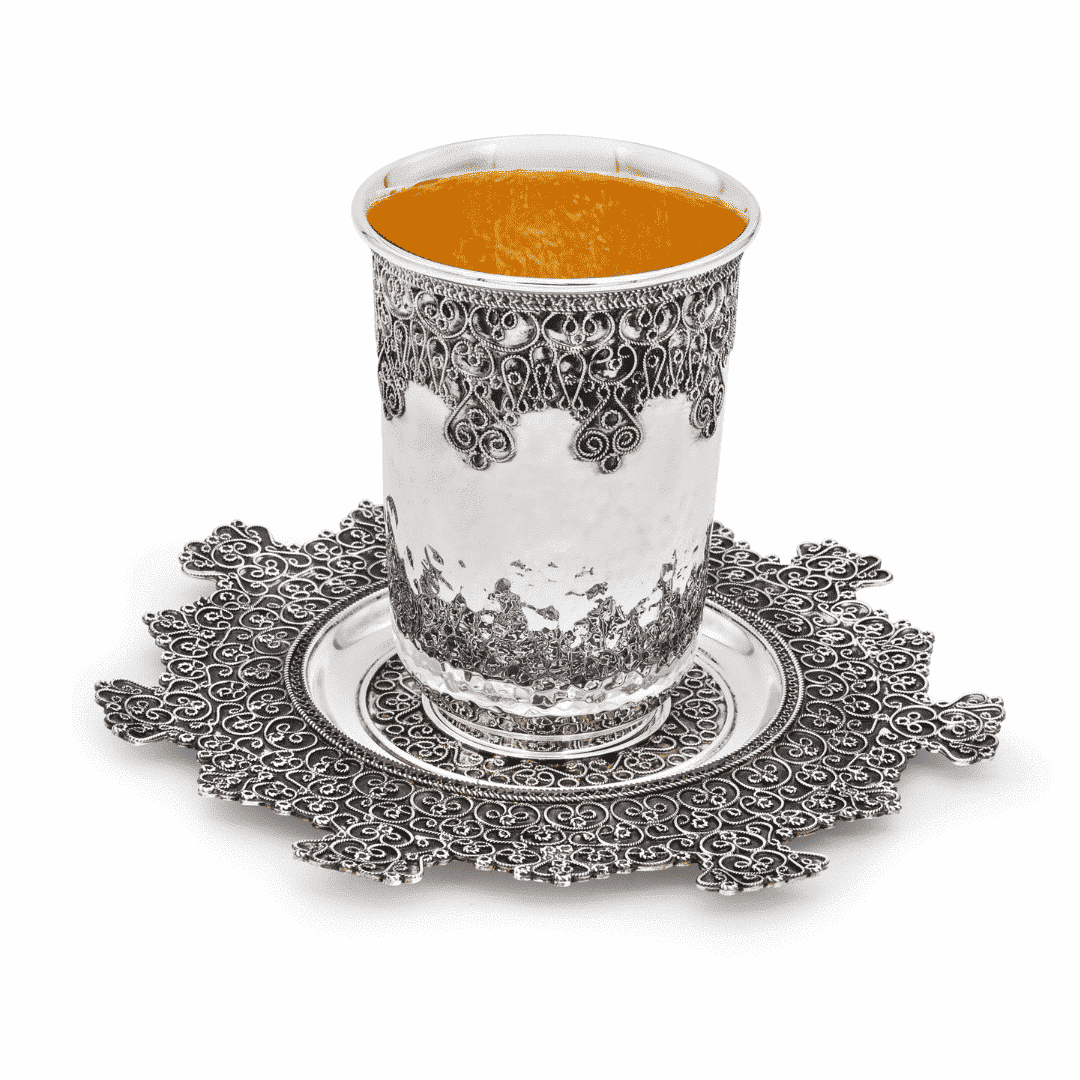
Ushpizin is synonymous with guests. According to the belief, these are seven mythic guests (tzaddikim – the founder of the Israeli nation) who visit the sukkah on each of the days of the holiday. one tzaddik arrives at the head and the others accompany him. It is customary to invite them with a special prayer.
The Ushpizin include: Avraham the first patriarch, Yitzchak, Jacob, Yosef, Moshe, Aharon and king David. Some believe that it is possible to also invite King Solomon as an eighth guest on the day of Simchat Torah, thus increasing the mitzvah of hospitality.
Prepare yourself for the Ushpizin with a glorious Kiddush Cup
Check our full collection of Gifts for Sukkot

